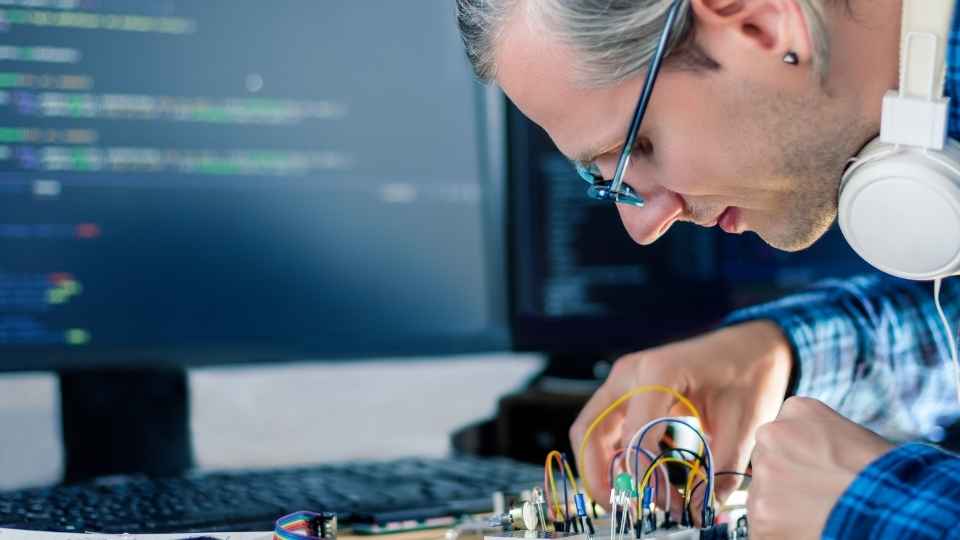
In a world where robots are becoming increasingly prevalent, the choice of the perfect robotic kit can feel overwhelming. But fear not, for we are here to guide you through this technical maze.
Whether you're a beginner just starting out or an advanced enthusiast pushing the boundaries of robotics, our comprehensive article will help you navigate through various factors to consider when choosing the ideal robot kit for your skill level.
Get ready to embark on an exciting journey into the realm of robotics!
Key Takeaways
- Factors to consider when choosing a robot kit include complexity of the build, programming capabilities, available support resources, cost, and compatibility with other devices.
- Beginner robot kits should prioritize ease of assembly, programming capabilities, sensor integration, expandability, and educational resources.
- Intermediate robot kits should focus on advanced sensors, complex programming options, wireless connectivity, autonomous navigation, and additional hardware components.
- Advanced robot kits should offer state-of-the-art technologies, complex projects, customization and experimentation opportunities, unprecedented capabilities, and innovation and exploration.
Factors to Consider When Choosing a Robot Kit
When considering which robot kit to choose, it is important to carefully evaluate factors such as the complexity of the build, programming capabilities, and available support resources.
The complexity of the build refers to how challenging it will be to assemble the robot. Some kits are designed for beginners with simple step-by-step instructions, while others offer more advanced builds for experienced users.
Programming capabilities vary widely among robot kits. Some provide basic coding options, while others offer more advanced programming languages and features that allow for greater customization and control over the robot's actions.
Lastly, available support resources can greatly impact your experience with a robot kit. Look for kits that come with comprehensive documentation, online tutorials, and active community forums where you can ask questions and get help when needed.
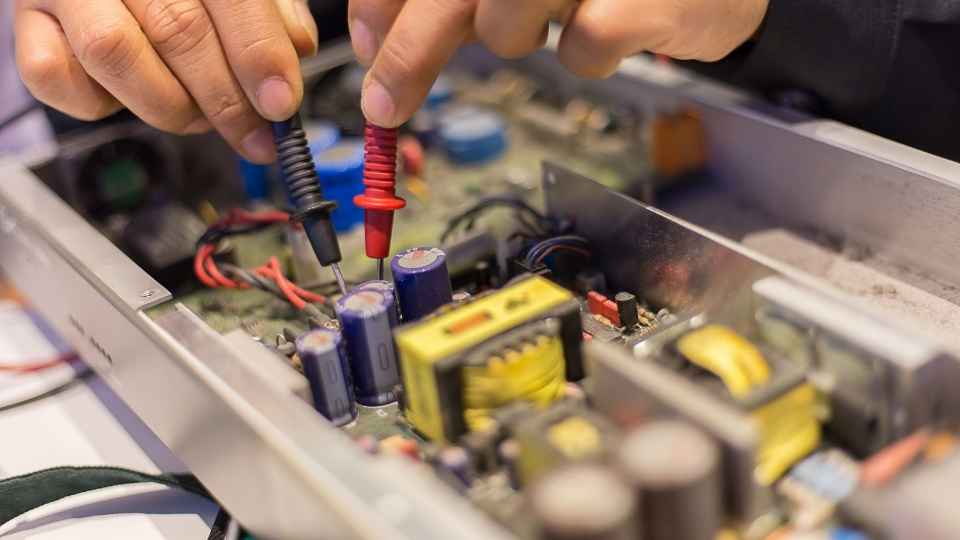
Beginner Robot Kits: Where to Start
To begin exploring the world of robotics, it is essential to have a clear understanding of where to start with beginner-level robot kits. These kits are designed for individuals who have little to no experience in robotics but want to learn and develop their skills. Here are five essential items to consider when choosing a beginner robot kit:
- Ease of assembly: Look for kits that come with detailed instructions and pre-assembled components for easy setup.
- Programming capabilities: Opt for kits that offer programming options, such as block-based coding or Arduino programming, allowing you to explore different programming languages.
- Sensor integration: Choose kits that include sensors like distance sensors or light sensors, enabling you to understand how robots interact with their environment.
- Expandability: Select kits that allow for future expansion and customization as your skills progress.
- Educational resources: Ensure the kit comes with educational materials like tutorials or online communities where you can seek guidance and support.
With these considerations in mind, let's now transition into the next section about intermediate robot kits: taking your skills to the next level.
Intermediate robot kits offer an opportunity to further develop your skills and expand your understanding of robotics. These kits provide advanced features and functions that allow for more complex builds, challenging you to think critically and problem-solve.
Advanced Features and Functions
Advanced robot kits offer a wide range of features and functions that allow users to delve deeper into robotics and explore complex programming capabilities. These advanced kits are designed for individuals who have already mastered the basics of robotics and are looking to expand their knowledge and skills.
Some of the key features and functions found in advanced robot kits include:
Advanced sensors: These kits often come equipped with a variety of sensors such as infrared, ultrasonic, or gyroscopic sensors, allowing the robots to interact with their environment more accurately.
Complex programming options: Advanced robot kits provide users with more sophisticated programming options, such as using Python or C++ languages.
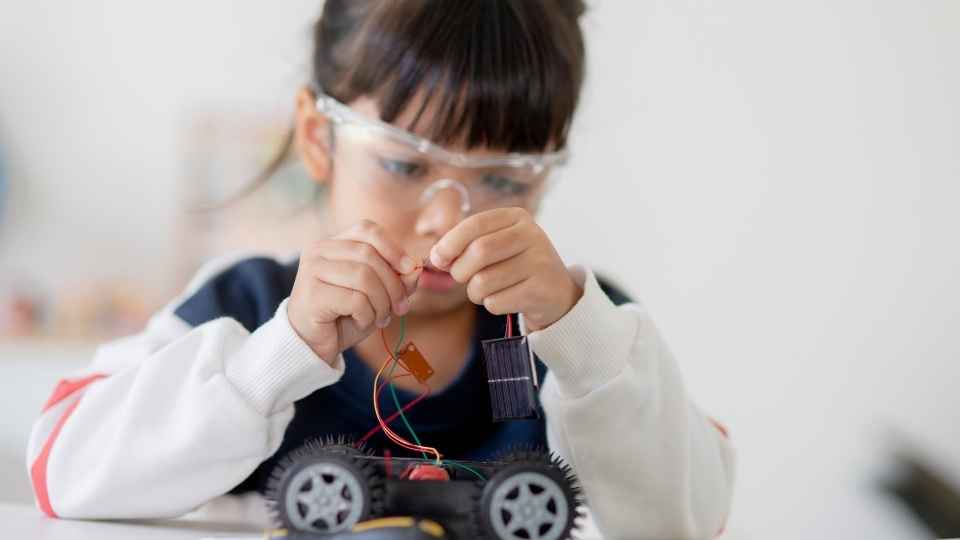
Wireless connectivity: Many advanced robot kits can be connected wirelessly to other devices, enabling remote control or communication between multiple robots.
Autonomous navigation: These kits often include advanced algorithms that enable robots to navigate autonomously, avoiding obstacles and mapping their surroundings.
Additional hardware components: Advanced robot kits may offer additional hardware components like robotic arms or cameras, allowing users to experiment with different functionalities.
With these advanced features and functions at their disposal, users have the freedom to create more intricate and sophisticated robotic projects while further honing their technical skills.
Building Complexity and Challenges
When building more complex robots, users may encounter various challenges that require problem-solving skills and creative thinking. As the complexity of a robot increases, so does the level of difficulty in assembling and programming it.
Users must understand advanced concepts such as sensor integration, motor control, and navigation algorithms. They need to have a solid foundation in electronics and coding languages like C++ or Python.
Additionally, troubleshooting becomes essential when debugging errors or optimizing the robot's performance. This process requires patience and attention to detail. However, overcoming these challenges offers great satisfaction to those who desire freedom in exploring cutting-edge robotics technology.

By honing their problem-solving skills and creative thinking abilities, users can unlock endless possibilities for innovation in their robotic projects.
Moving on to skill development opportunities...
Skill Development Opportunities
There are numerous opportunities available for individuals looking to develop their skills in the field of robotics. Whether you are a beginner or an experienced enthusiast, there are various avenues to enhance your knowledge and expertise.
Here are some skill development opportunities to consider:
Online Courses: Many online platforms offer courses specifically designed for learning robotics concepts and programming languages.
Workshops and Bootcamps: Participating in hands-on workshops and bootcamps can provide practical experience in building and programming robots.
Open Source Projects: Contributing to open-source robotics projects allows individuals to collaborate with others while honing their skills.
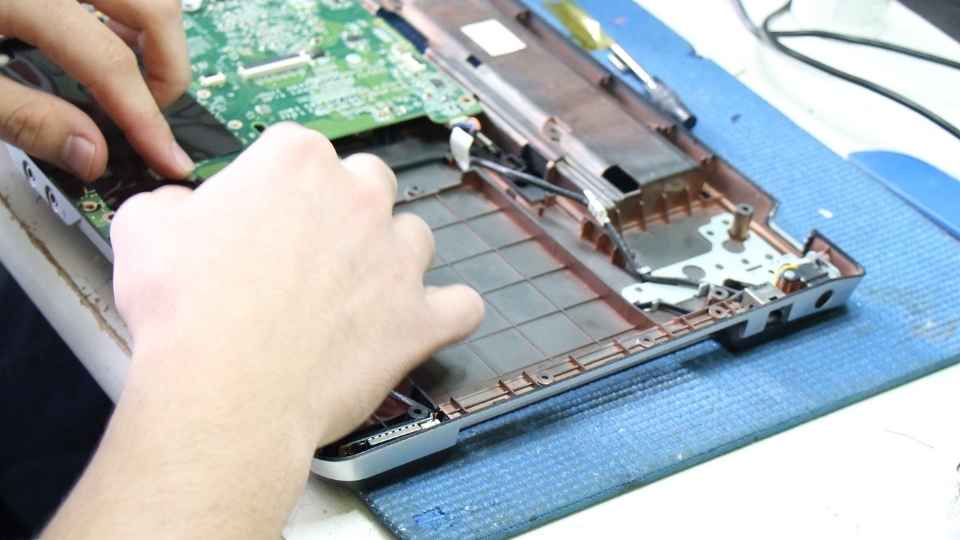
Hackathons: Joining robotics hackathons provides a platform for problem-solving, creativity, and teamwork within a time-constrained environment.
Robotics Competitions: Engaging in competitions such as RoboCup or FIRST Robotics Challenge offers the chance to apply skills, showcase talent, and learn from peers.
These opportunities allow individuals the freedom to explore different aspects of robotics while advancing their abilities in this exciting field.
Advanced Robot Kits: Pushing the Boundaries of Robotics
Robotic enthusiasts seeking to explore the highest limits of robotics can turn their attention towards advanced robot kits that push the boundaries of what is achievable in this field.
These advanced robot kits are designed for individuals who have already gained a strong foundation in robotics and are looking to further enhance their skills and knowledge.
These kits often feature state-of-the-art technologies, such as artificial intelligence algorithms, advanced sensors, and high-performance actuators, allowing users to create robots with unprecedented capabilities.
With these kits, enthusiasts can delve into complex projects involving autonomous navigation, computer vision, machine learning, and more.
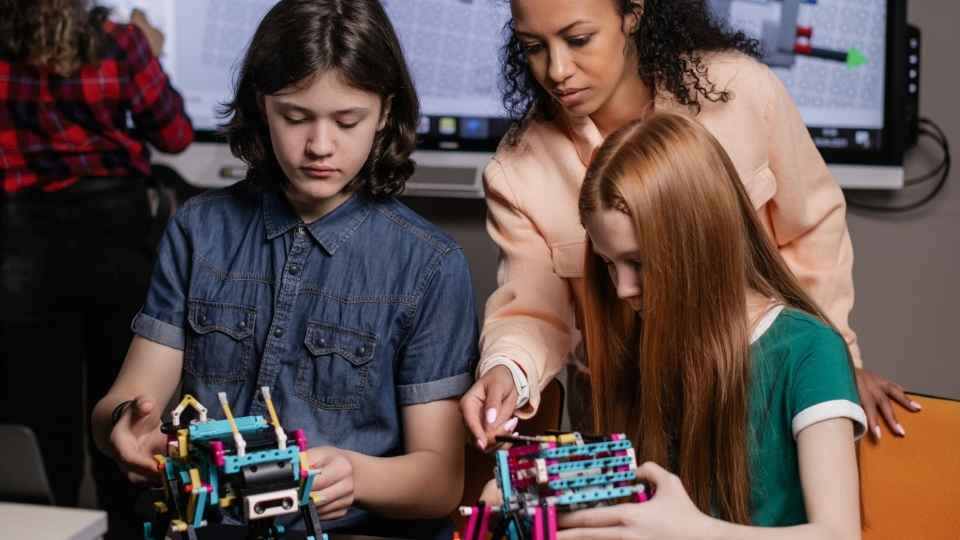
Furthermore, these kits provide ample opportunities for customization and experimentation, enabling users to truly push the limits of what their robots can do.
For robotic enthusiasts seeking freedom in exploring cutting-edge robotics technology, advanced robot kits offer an exciting avenue for exploration and innovation.
DIY Robot Kits: Building Your Own Customized Robot
DIY enthusiasts can embark on the exciting journey of building their own customized robots through DIY robot kits, allowing for personalization and innovation in the field of robotics. These kits provide individuals with the freedom to explore their creativity and develop unique robotic solutions tailored to their specific needs.
Here are five key benefits of using DIY robot kits:
Flexibility: DIY robot kits offer a wide range of options, allowing builders to choose from various components and features that suit their preferences.
Learning opportunities: Building a robot from scratch provides hands-on experience in electronics, programming, and mechanics, fostering a deeper understanding of robotics principles.
Cost-effective: DIY robot kits often come at a lower price compared to pre-built robots, making them more accessible to hobbyists on a budget.
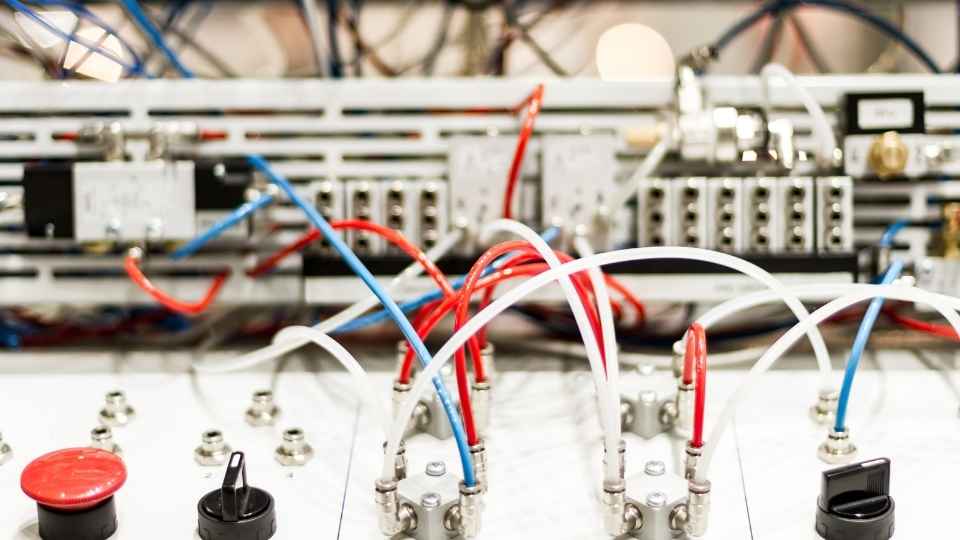
Customizability: With DIY robot kits, users have full control over the design and functionality of their robots, enabling them to create unique machines that meet their specific requirements.
Innovation potential: By encouraging individuality and experimentation, DIY robot kits drive innovation in the field by empowering builders to push boundaries and explore new possibilities in robotics.
Educational Robot Kits: Learning and Exploring Robotics
Educational robot kits provide a platform for individuals to learn and explore the field of robotics. These kits are designed to offer a hands-on experience in building, programming, and operating robots, allowing users to develop essential skills such as problem-solving, critical thinking, and teamwork.
Benefits of Educational Robotics
The incorporation of robotics into the curriculum has been shown to improve critical thinking and problem-solving skills among students. It provides them with hands-on experience in designing, building, and programming robots, fostering creativity and innovation.
Moreover, educational robotics offers numerous benefits:
- Enhanced STEM learning: Robotics integrates science, technology, engineering, and mathematics concepts, allowing students to apply theoretical knowledge in practical situations.
- Teamwork and collaboration: Working on robotics projects encourages students to collaborate effectively with their peers, developing communication and teamwork skills.
- Real-world application: Robots simulate real-life scenarios, enabling students to understand how technology can be used to solve practical problems.
- Engaging learning experience: The interactive nature of robotics sparks interest and motivation in students, making learning more enjoyable and memorable.
- Future-ready skills: As automation continues to advance rapidly, educational robotics equips students with the skills needed for future careers in fields such as artificial intelligence and robotics engineering.
Overall, incorporating educational robotics into the curriculum empowers students with essential skills for success in the digital age while providing a sense of freedom through exploration and discovery.
DIY Vs Pre-Built Kits
When comparing DIY projects to pre-built options, it is important to consider the level of customization and personalization that can be achieved.
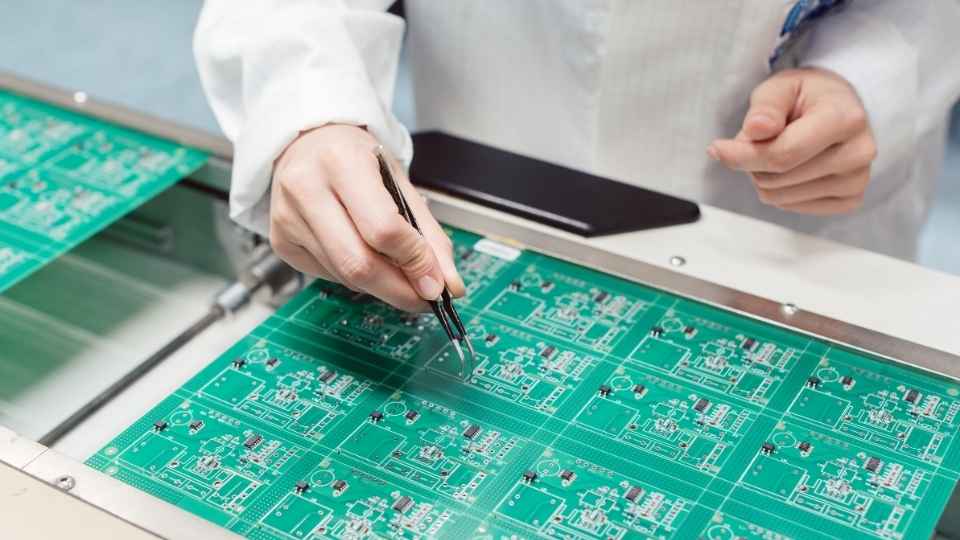
DIY kits offer a greater degree of freedom in terms of design and functionality. With a DIY kit, individuals have the ability to choose their own components, modify circuitry, and experiment with different programming languages. This level of customization allows for a more tailored experience and fosters creativity among users.
On the other hand, pre-built kits provide convenience and simplicity. They are designed for those who prioritize ease of use over customization options. Pre-built kits are ideal for beginners or individuals who prefer to focus on learning specific concepts rather than spending time on assembly and fine-tuning.
Ultimately, the choice between DIY and pre-built kits depends on individual preferences and desired level of involvement in the robot-building process.
Skill Development Through Robots
When it comes to skill development, robots can be excellent tools for learning and honing various abilities. Whether you are a beginner or an advanced enthusiast, working with robots can help you enhance your problem-solving skills, programming knowledge, and creativity.
Here are five ways in which robots contribute to skill development:
Programming proficiency: Building and programming robots require understanding coding languages such as C++, Python, or Java.
Problem-solving: Designing and troubleshooting robot functionalities encourages critical thinking and problem-solving skills.
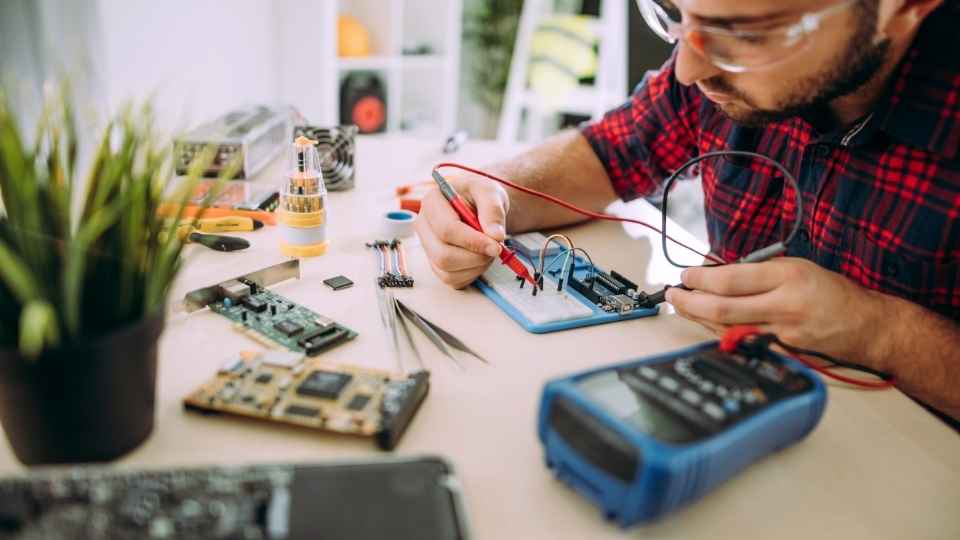
Engineering principles: Assembling robotic components teaches the fundamentals of engineering concepts like mechanics, electronics, and control systems.
Creativity: Customizing robot designs fosters creative thinking and innovation in finding unique solutions.
Teamwork: Collaborating on complex robotics projects promotes effective communication skills.
Frequently Asked Questions
Are Robotic Kits Suitable for Children Under a Certain Age?
Robotic kits are suitable for children under a certain age depending on their level of development and safety precautions. However, it is important to consider factors such as complexity, small parts, and the need for adult supervision to ensure a safe and enriching experience.
Yes, it is possible to program a robot kit to perform specific tasks. Programming involves writing code that instructs the robot on how to complete desired actions, allowing for customization and automation.
What Are the Common Programming Languages Used in Robotic Kits?
Common programming languages used in robotic kits include C/C++, Python, and Java. These languages provide flexibility and versatility for programming tasks, allowing users to develop custom functionalities based on their specific requirements and skill levels.
Can I Upgrade or Modify a Pre-Built Robot Kit?
Is it possible to upgrade or modify a pre-built robot kit? Many pre-built kits offer the flexibility for customization, allowing users to add new features or make modifications according to their specific needs and skill level.
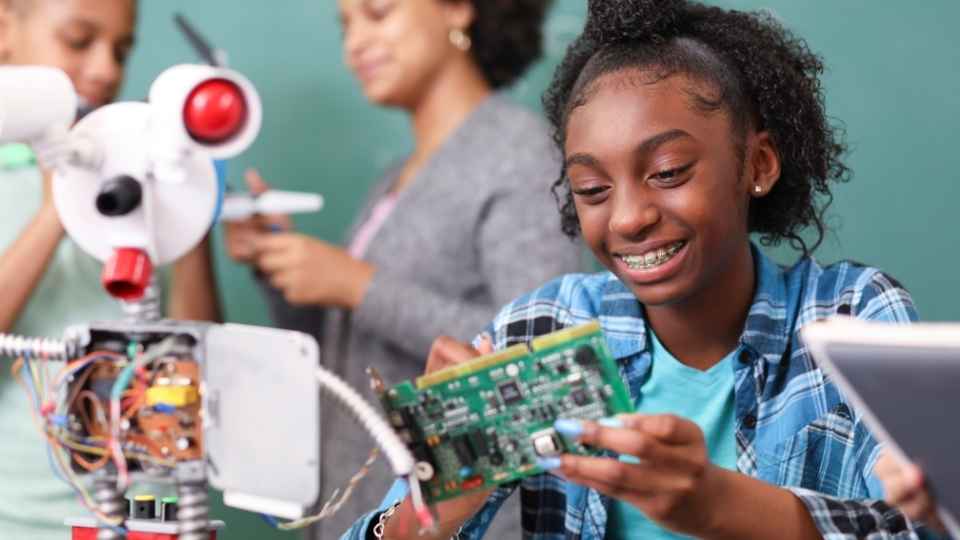
Are There Any Safety Precautions to Consider When Using Robotic Kits?
Safety precautions are of utmost importance when using robotic kits. These include wearing protective gear, working in a well-ventilated area, and following instructions carefully. It is essential to ensure the safety of oneself and others during the assembly and operation of robotic kits.
 Basic Electronics ConceptsEssential ToolsCircuit Design BasicsMicrocontrollersDIY Electronics ProjectsRoboticsPrivacy PolicyTerms And Conditions
Basic Electronics ConceptsEssential ToolsCircuit Design BasicsMicrocontrollersDIY Electronics ProjectsRoboticsPrivacy PolicyTerms And Conditions
